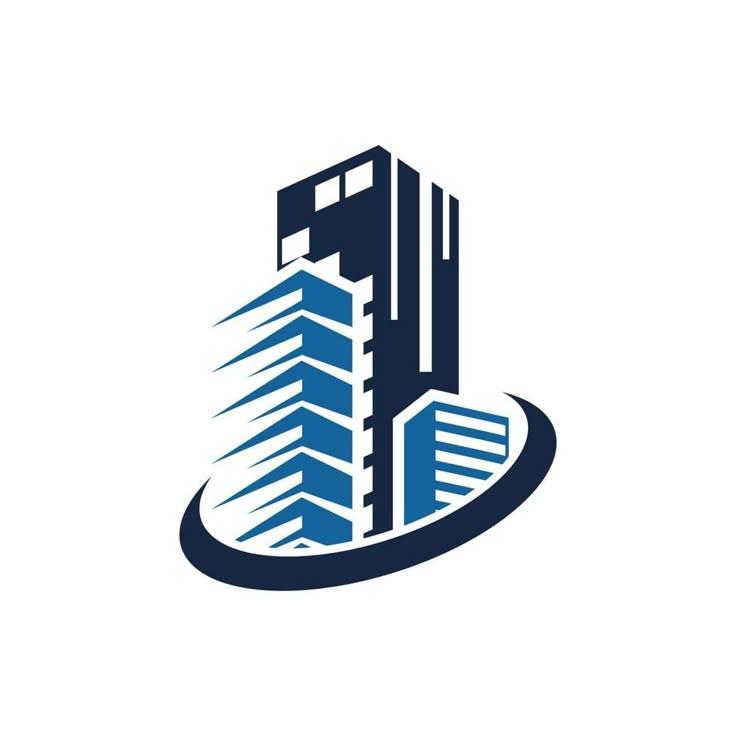Good news. Hoping there will be more stability of prices of goods and services.
Sponsored Advertisements
Naira Strengthens to Six-Month High of ₦1,514.86 Amid Improved Liquidity and Reserves
-
Good sign for the naira 💹 but the real question is—will this rebound translate to lower prices in the market? Until then, Nigerians won’t really feel the impact.
-
Great news! Naira's rebound is a positive sign for Nigeria's economy, hoping for sustained growth!
Leave a Reply
New Discussions
-
konnect cash out Every 25th of a new month

Konnect Official
27 mins ago99 -
Earn in Dollars

King
41 mins ago00 -
The most expensive thing in this picture is not even the car.. oh God 💔

Mich Elle
41 mins ago00 -
My mind cut, cause I think say na me dem dey find 😂

Mich Elle
47 mins ago00 -
I trust in you, Lord.

Mich Elle
49 mins ago00
















Infinity Media
55 days agoNigeria’s currency, the naira, has rebounded to a six-month high of ₦1,514.86 per US dollar in the official foreign exchange market, buoyed by enhanced liquidity and robust external reserves.
This marks the strongest the naira has traded since March 6, 2025, when it reached ₦1,512.30 in the official rate . On Thursday, the currency appreciated by ₦6.59, or 0.4%, closing at ₦1,514.86, following a public holiday, compared to ₦1,521.45 the prior day.
In the parallel (black) market, the naira remained stable at ₦1,535 per dollar, while GTBank quoted ₦1,533 per dollar for international transactions—a slight dip from the previous day’s ₦1,534.
Nigeria’s foreign reserves stood at $41.30 billion as of September 4, 2025, a marginal drop from the $41.49 billion recorded on September 3.
Foreign exchange inflows into the economy surged to $29 billion in Q1 2025, representing a 4% quarter-on-quarter and 26% year-on-year increase, driven by the CBN’s monetary policy tightening . Meanwhile, FX outflows rose to $13.8 billion, the highest since Q2 2020, resulting in net FX inflows of $15.2 billion—slightly lower than the $15.8 billion seen in Q4 2024.
Analysts from FBNQuest noted that the rise in autonomous FX inflows, from $16.3 billion in Q4 2024 to $20.7 billion in Q1 2025, marked the highest level since the COVID-19 pandemic—boosted by high interest rates and market reforms that enhanced transparency and pricing in the FX market. Foreign portfolio investment inflows also increased dramatically, rising 40% quarter-on-quarter and 101% year-on-year to $4.9 billion.